Tesla just unveiled its new at-home battery - here's what you need to know
In 2015, Tesla first unveiled the Powerwall — a rechargeable, lithium ion battery weighing roughly 200 pounds that you can mount on your wall.

When it was first released, there were two versions of the Powerwall: a 6.4-kilowatt-hour model that cost $3,000 and a 10-kilowatt-hour option priced at $3,500. To help put that into perspective, the average person in the US uses about 30 kWh of power a day.
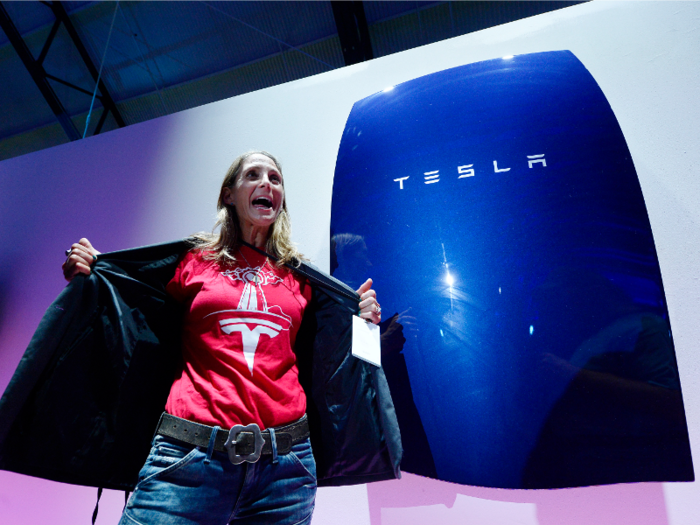
The Powerwall can store electricity generated by solar panels and draw electricity from the utility grid when rates are low to store for later use. It also provides homeowners with back-up power in the event of an outage. All Powerwall installations must done by a trained electrician.

The Powerwall is also modular, so you can install up to nine batteries side-by-side to store more power. When it was first introduced, Tesla received 38,000 pre-orders for the Powerwall, selling out through the first half of 2016.
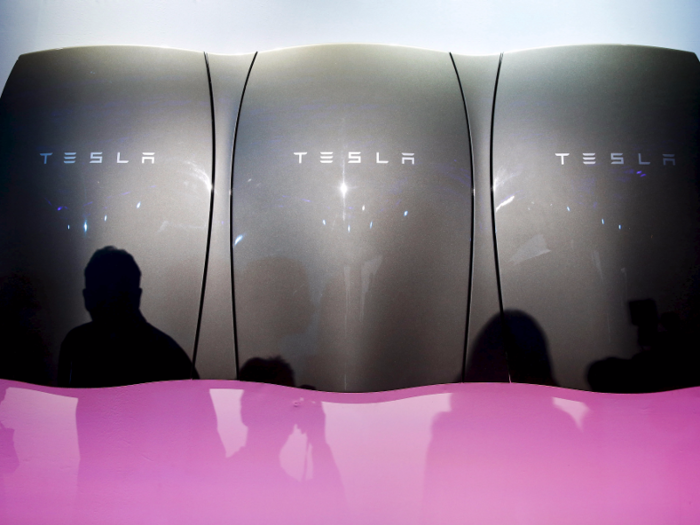
Tesla had already made several changes to its battery since its initial release. In March, Tesla quietly discontinued its 10 kWh battery option, making its 6.4 kWh battery its only option.
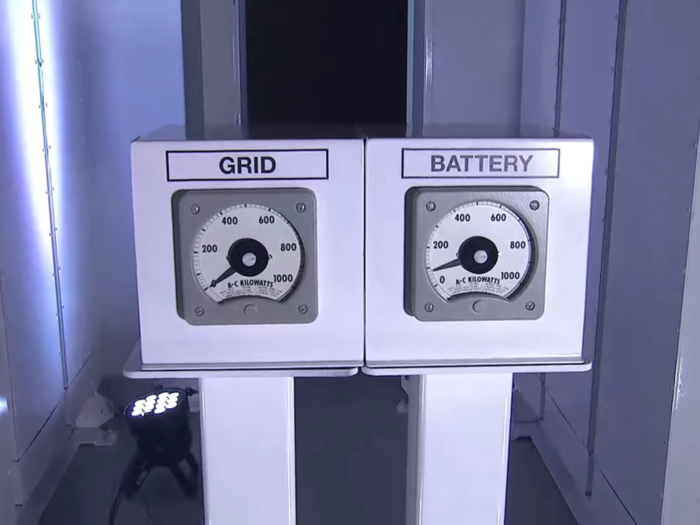
"Due to the interest, we have decided to focus entirely on building and deploying the 7-kilowatt-hour Daily Powerwall at this time," a Tesla spokesperson told Greentech Media at the time.
Tesla then said it would introduce a new version of the Powerwall over the summer, but released small improvements instead that made it easier to install and compatible with a new inverter. The first version of Tesla's Powerwall did not come with an inverter, requiring homeowners to purchase one separately.
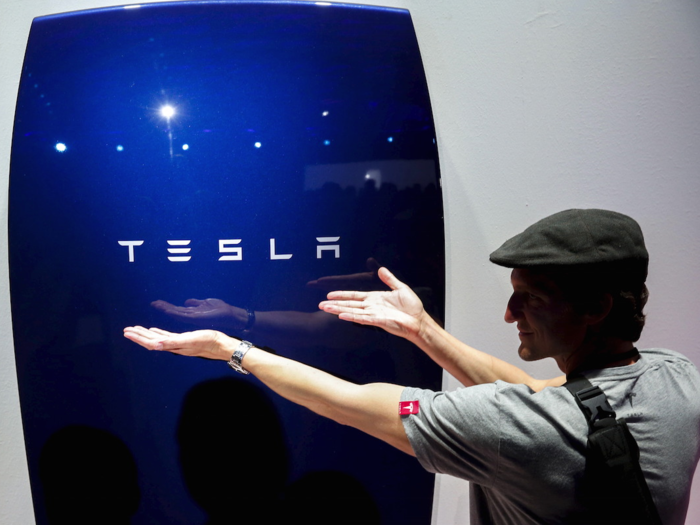
The inverter converts the electricity generated from the solar panels to an alternating current that can be used for power.
But Tesla's Powerwall 2.0, which will sell for $5,500, comes with the inverter included. Musk said it can store 13.5 kWh of energy and provide 5 kWh of continuous power, but will improve to 7 kWh at peak. This means that the Powerwall 2.0 has twice the energy and twice the storage as the previous 6.4 kWh Powerwall.
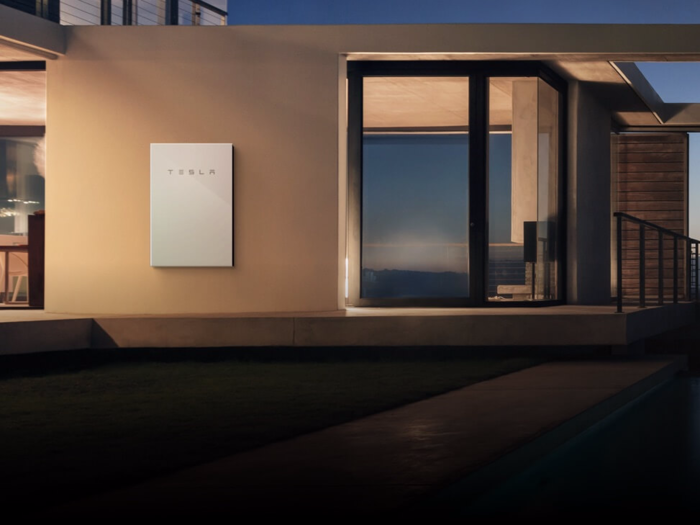
The new battery also comes with a design update. Powerwall 2.0 is more rectangular and flatter than the previous generation. It weighs 269 pounds and is 6.1 inches deep.
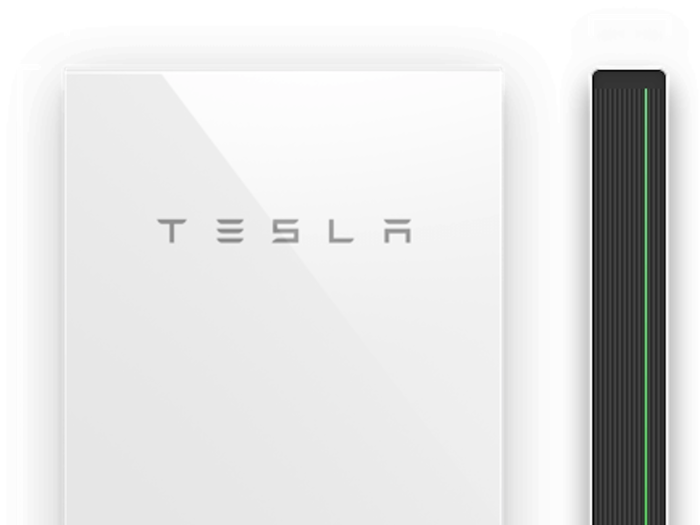
Tesla estimates that it will cost $1,000 to install Powerwall 2.0. The first units are expected to ship in December, with installations beginning January 2017.
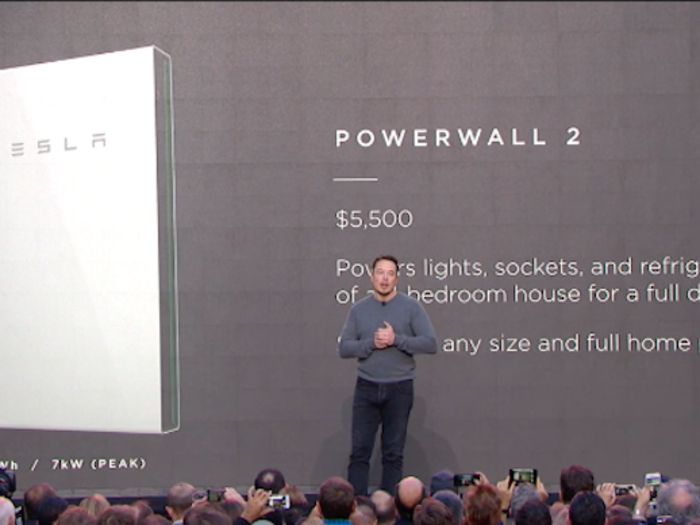
Tesla also has a Powerpack battery option that can power infrastructures bigger than a home, like a business or even an entire city. When Musk first introduced the Powerpack in 2015, a unit could store 100 kWh of energy. Musk said at the time that 160 million Powerpacks could power the entire US.
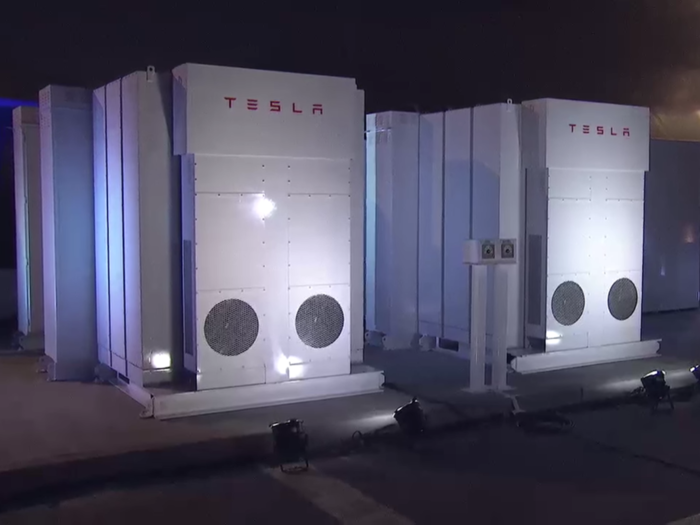
Musk introduced Powerpack 2.0 in a blog post prior to the Friday night event. The new Powerpack now stores 210 kWh per unit. The Powerpack also comes with an inverter included.
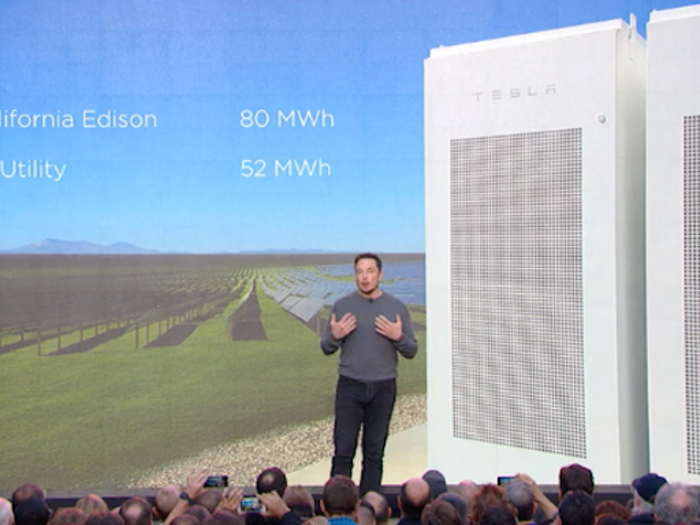
Tesla and its partners have invested about $5 billion to get its giant battery plant, the Gigafactory, to achieve full production by 2017. The Nevada-based factory is expected to build 500,000 batteries a year by the end of the decade once it is fully operational.
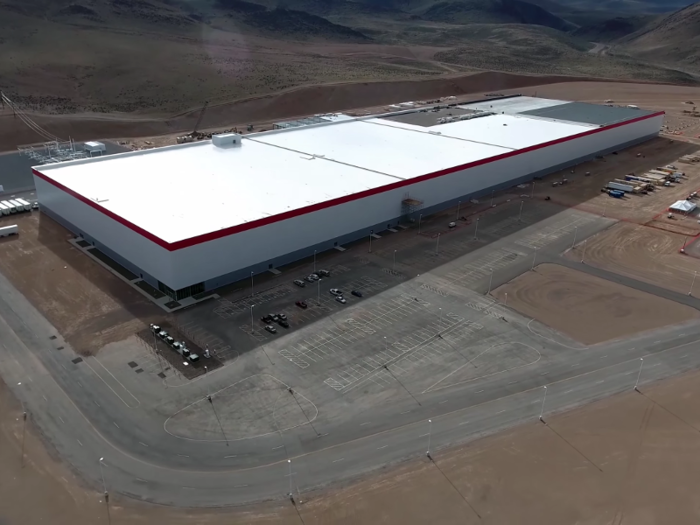
Popular Right Now
Advertisement